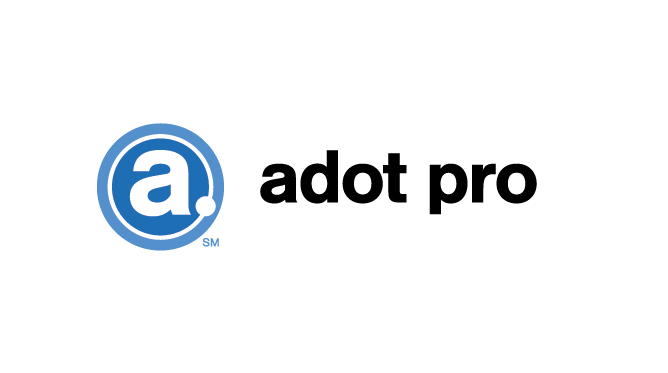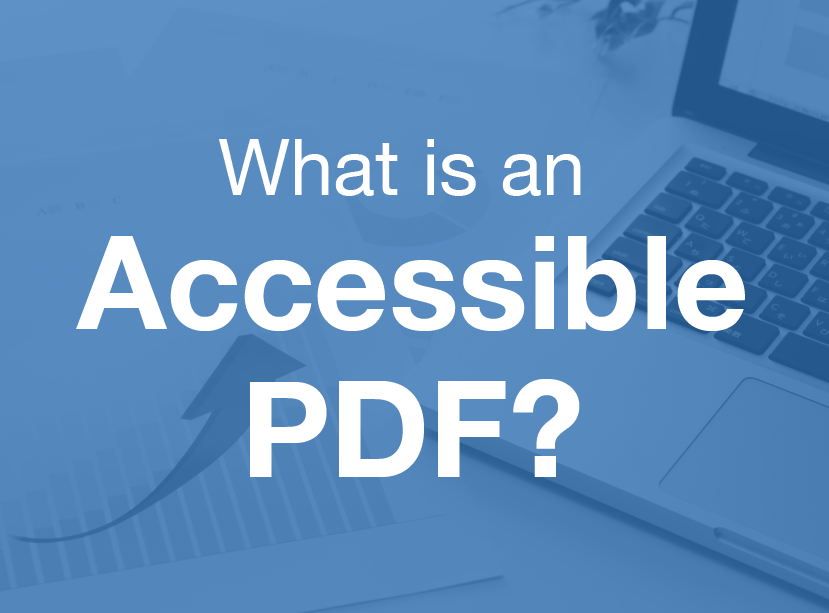Low Vision/AMD Awareness Month and Web Accessibility
- February 16, 2018
- / Adot Labs
- / learningcenter

The month of February is full of important causes and celebrations, but what many don’t know is that it is also low-vision/AMD (Age-Related Macular Degeneration) awareness month. There are currently 4.2 million American’s over the age of 40 who are visually impaired. Projections indicate that by the year 2030, that number will reach 7.2 million, as the baby boomers turn 65, with roughly 5 million of those having low vision.
What is Low Vision?
Low vision is defined as a substantial visual impairment that can’t be fully repaired with aids such as medication, eye surgery, glasses, or contact lenses, e.g., a person has partial or limited vision.
What is AMD?
As our eyes get older, sometimes the macula, or the small middle area of the retina, begins to deteriorate. This deterioration affects our ability to perform any task that requires us to see detail. According to the National Eye Institute (NEI), AMD is the leading cause of vision loss in people over the age of 50 and the primary cause of vision loss in the United States.
Challenges of AMD/Low Vision
VisionAware ™, a non-profit organization that helps adults who are losing their vision, states that people with low vision/AMD “…may find it difficult to perform everyday tasks, such as reading your mail, shopping, preparing meals, and signing your name.” Having low vision also means that you may have a challenging time navigating a website. Individuals with low-vision or AMD may need special equipment or assistive technologies, such as screen magnifying hardware or software (iZoom, SuperNova Reader, JAWS, NVDA, etc.) to help maximize their remaining eyesight.
Tips to Improve Your Websites’ Accessibility for the Visually Impaired
1. Make sure that use descriptive titles, headings, and/or labels for all web pages
2. Provide alternative text for all non-decorative, non-text objects (images, videos, graphics)
3. Use color contrast and readable fonts
4. Ensure to put any buttons or notifications in context for the user
5. Follow a logical layout, so your content makes sense
The varied nature of visual impairments creates many ways in how a website can be perceived. Due to this diversity in perception, it even more important to ensure that the information on a webpage can be comprehended regardless of any impairment. This low-vision/AMD awareness month take care of yourself and be sure to have an eye exam because early detection is the key. If you already have low vision, please share your experiences with others because technology advances through shared knowledge. Should your business need assistance with ensuring that your website is accessible to the visually impaired, please contact one of our accessibility team members here.
 ADA Lawsuits Target Non-Compliant Websites (2:45)
ADA Lawsuits Target Non-Compliant Websites (2:45)
 Winn Dixie Loses ADA Website Lawsuit (3:33)
Winn Dixie Loses ADA Website Lawsuit (3:33)
 How Does it Work?
How Does it Work?
 Adot Labs Introduces Adot Pro as an Affordable and Quick Solution for Web Accessibility
Adot Labs Introduces Adot Pro as an Affordable and Quick Solution for Web Accessibility
 What is an Accessible PDF?
What is an Accessible PDF?
 Adot Pro is featured at the 2017 FRLA Conference in Orlando
Adot Pro is featured at the 2017 FRLA Conference in Orlando
 Adot Labs Partners with the Florida Restaurant and Lodging Association
Adot Labs Partners with the Florida Restaurant and Lodging Association
 Content Developers: You're Forgetting a Key Audience that Matters
Content Developers: You're Forgetting a Key Audience that Matters
 What is Web Accessibility?
What is Web Accessibility?
 Why Your Business Needs an Accessibility Plan
Why Your Business Needs an Accessibility Plan